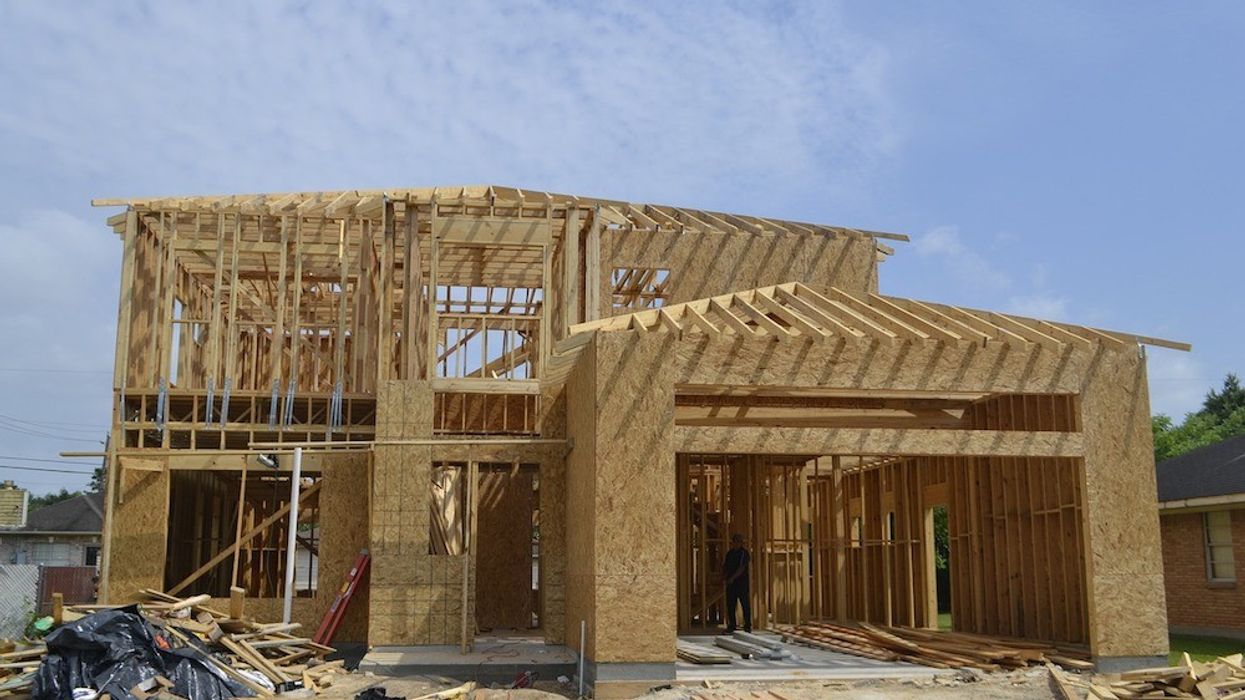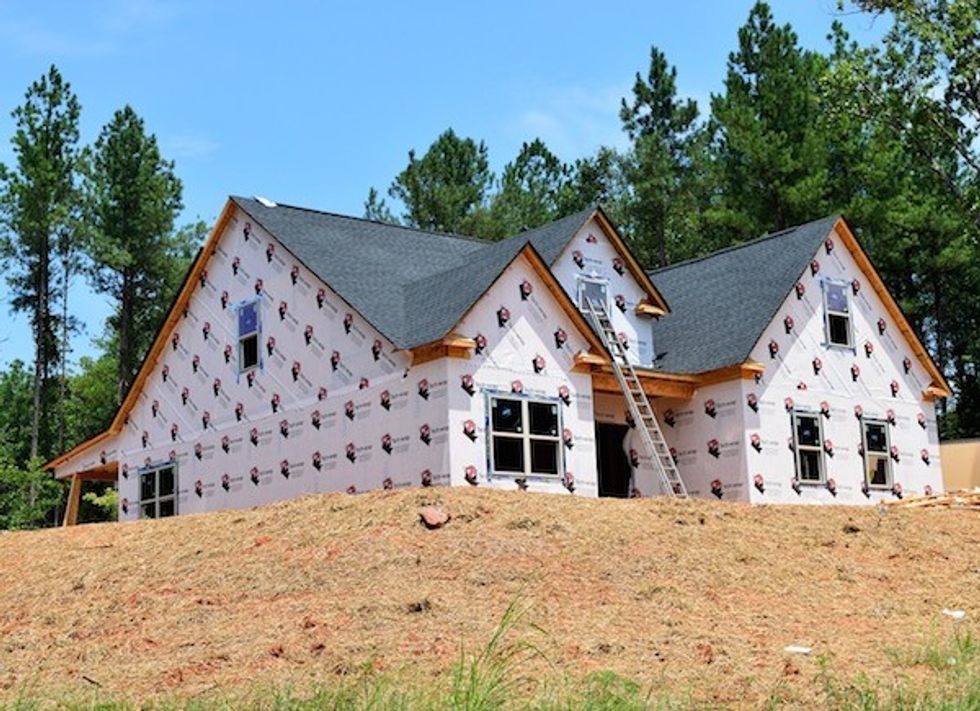Anyone who’s entertained the idea of building a new fence or upgrading their backyard deck as of late knows that the additions will make a surprisingly high dent in the wallet.
Once a relatively modest commodity, lumber has seen an increase in both price and demand that's never been higher.
In fact, the price for lumber and other construction materials has skyrocketed during the pandemic. As Statistics Canada reports, the cost of lumber increased by a jaw-dropping 68% from March 2020 to March 2021. At the same time, fabricated products and construction materials saw a 9% rise.
This is the result of a pandemic-induced supply shortage due to halted Canadian sawmills and a simultaneous unpredicted boost in demand. Facilitating this demand were rock-bottom interest rates that inspired new homebuyers, and a collective reevaluation of living spaces thanks to seemingly never-ending stay-at-home orders.
READ: Good Bones: How Skyrocketing Building Material Costs Have Impacted Our Reno Budget
Not only is this demand and supply imbalance jacking up renovation price tags, it’s also inevitably adding tens of thousands of dollars to the costs of news houses at a time when the cost of single-family homes have climbed so high that many young people are giving up on the dream of home ownership or moving well beyond city borders.
“Where I think the impacts of rising lumber costs are being exasperated, is that we have an overall shortage of housing of alarming proportions – particularly within the GTA – with much stronger demand than we have supply to support that demand,” says Dave Wilkes, President and CEO at Building Industry and Land Development Association (BILD).
“That’s the structural problem we see as it relates to housing affordability; the added cost of things like lumber, HVAC, and steel due to disruptions caused by the pandemic have only compounded those serious challenges.”
Naturally, if the cost of raw materials increases, this will inevitably be reflected in the final cost of a home or renovation project for the consumer. “It does vary, however, by builder due to the different purchasing agreements they may have,” says Wilkes. “There isn’t a universal impact, other than the cost of lumber is significantly higher now and affecting single-family builds.”
If they continue, the exorbitant costs of constriction materials could put more of a financial strain on builders who are no longer able to secure lumber at a set price for months at a time from suppliers, thanks to the volatile market. Builders can't very well sell someone a home that won't be built for another few months and then change the cost of the end product thanks to a price increase of construction commodities.
Despite the high costs, the demand for construction materials persists. In fact, the relentless, sky-high demand is the biggest challenge, says Wilkes.
“The mills are back at full capacity, but what is happening is that demand for single-family homes in both Canada and the U.S. has reached historic levels,” he explains. “So, there’s this additional challenge on the lumber side because the mills can keep up with the demand across North America, even though they’re back on track.”
This results in a unique situation where the housing supply isn’t enough to satisfy overall demand and lumber supply is not able to keep up with the heightened demand. “All of this is a prescription for increased costs,” says Wilkes.
As Wilkes highlights, mid and high wage earners haven’t felt the financial impact of the pandemic relative those in other sectors because they were able to better adapt and transition. Many have the dollars to upgrade their homes or buy new ones. The lower wage earners -- especially those hoping to secure even the tiniest piece of Toronto real estate -- haven’t fared as well.
Essentially, we’re seeing low interest rates without the cost and impact of a traditional recession -- something that’s compounded the structural imbalance of the housing market, which was alive and well pre-pandemic, says Wilkes. The fundamental challenge is that we need more housing supply, he says.
“There are a number of changes to government policy particularly at a provincial level that need to work their way through the system to bring more housing on streets,” says Wilkes. “Municipalities across the GTA need to increase the speed of their approvals, designate land for growth and expansion at a quicker pace, and plan further into the future.”
The reality is that there are going to be 13 million people in the GTA in the next 30 years, highlights Wilkes. In other words, this housing demand isn’t going anywhere. “This structural problem will only be solved by bringing more supply and more variety of supply to the market quicker,” he says. The second challenge, the construction supply problem, is a market-based issue that will be resolved quicker, he says (but stops short of predicting when).
As for elected officials, they’ve recently emerged from the sidelines on the construction cost issue.
Last week, the City of Toronto called for action against the surging cost of construction materials, calling them a threat to Toronto’s economy. A motion tabled on May 8 by Coun. Paul Ainslie called for Toronto’s city manager to request the provincial and federal governments to “address the increasing costs of building materials, particularly lumber, to determine if action is required to ease the costs locally."
For the time being, those in the market for a budget-friendly DIY project won’t get any reprieve in the near future. According to the Canadian Builders/ Association, lumber prices will stay high for a few years.
(So, maybe you can live with that decades-old fence or deck a little longer -- at least they have character, right?).























